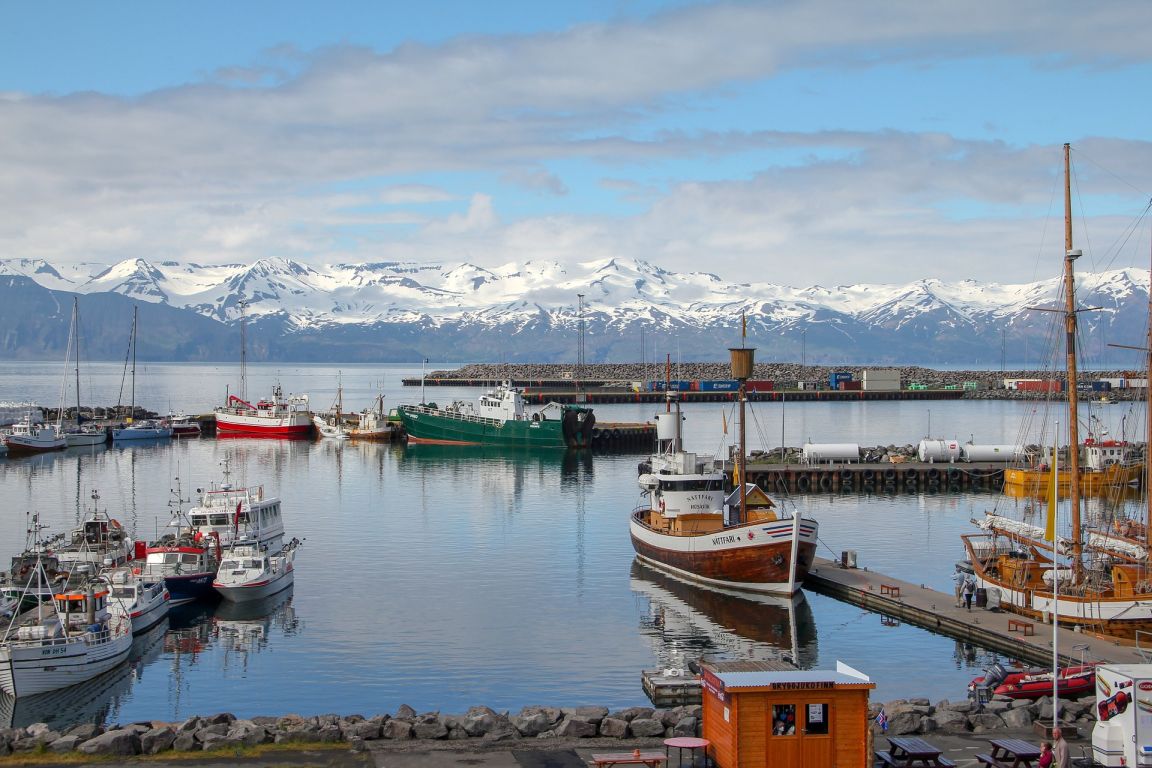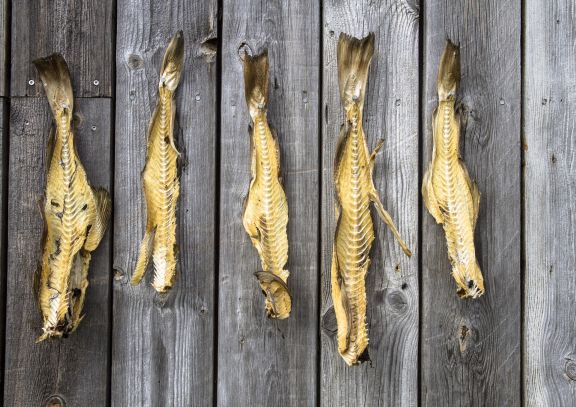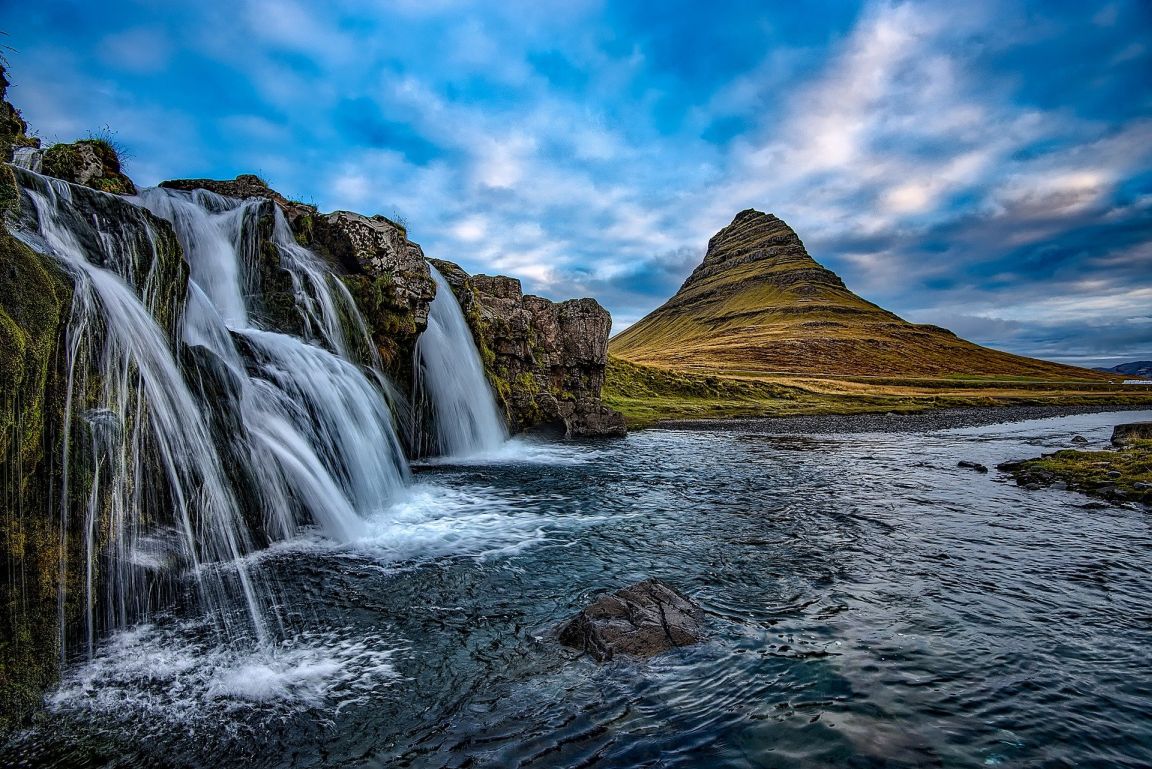In many countries, getting to know the local food scene is a great way to delve into the local culture, and in Iceland, fish rules supreme.
The ‘Land of Fire and Ice’ may be famous for its incredible, and often turbulent, natural landscapes, but as an island with 8,500km of coastline, it also offers some amazing seafood experiences. Settled by Vikings and Scandinavians in the Middle Ages, Iceland was ill-suited for agriculture because of its cold climate and volcanic soil, hence its long tradition of fish as a food staple and trading good.
For centuries salted fish was exchanged for foreign products brought by ship by cod trading communities in Norway and today, fishing represents 27 per cent of the island nation’s GDP with haddock, halibut, salmon, redfish, and saithe featuring on menus across the land. Cod, the traditional dried fish stock exported to Christian communities across the world, remains the Icelandic fish, with cod cheeks, cod liver oil, and harðfiskur, dried fish jerky, considered delicacies.

In Iceland’s WestFjords, the region’s rich maritime heritage can be seen in the fish drying huts which litter the coast, and visitors can join deep-sea fishing expeditions, tour former whaling stations, and even check into a herring factory turned hotel. The WestFjords is also home to Ísafjörður, one of Iceland’s best seafood restaurants, where fresh cod, monkfish, herring, haddock, and halibut always grace the menu.
Your fish adventure can continue in the geothermal fields surrounding Lake Mývatn, home to two of the island’s most iconic species, the wild brown trout (urriði) and the arctic char (bleikja). Cold-smoked over Icelandic wild herbs, arctic char or brown trout pair beautifully with local dark bread called geysir, rye baked in buried aluminum pots.
Another Icelandic staple is herring. In her 1932 book 150 fiskréttir (150 fish dishes), author Helga Sigurðardóttir suggested all homes should acquire at least a barrel of salted herring each winter. Herring fishing had a deep impact on the EastFjords, where a huge herring boom brought in wealth during the 1950s. Today, restaurants around Egilsstaðir serve pickled herring or herring rolls as popular appetizers, while the intrepid visiting Eskifjörður can even try Iceland’s national dish, hákarl, putrescent shark meat.

In the south coast town of Höfn, near the popular Jökulsárlón glacier lagoon, feast on fresh lobster (humar) while overlooking the lobster fishing fleet in the harbor. As the locals here say, “half of our country is the sea”, and no journey through this unique landscape is complete without a few fishy finds.
For more Destination inspiration click here.

